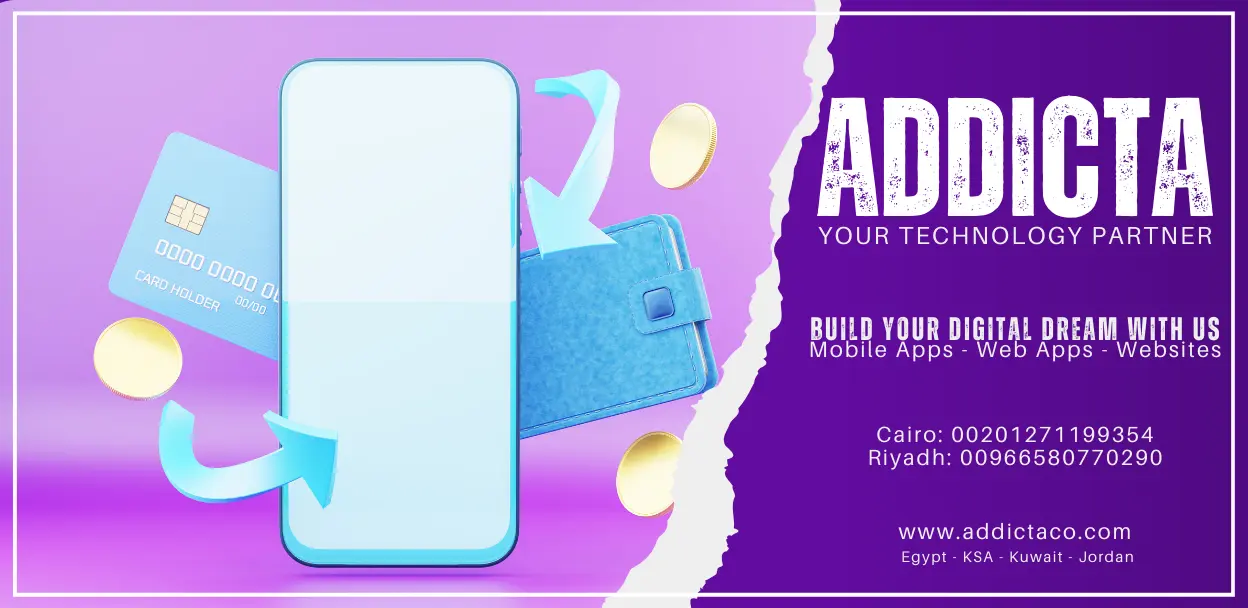Offering multiple payment methods in your mobile app is no longer a luxury—it’s a necessity. With consumers demanding seamless, secure, and flexible payment options, businesses must adapt to stay competitive. Whether you’re developing an e-commerce app, a SaaS platform, or a B2B solution, integrating diverse payment methods can significantly enhance user experience and drive conversions.
This blog will guide you through the process of integrating payment methods into your mobile app, ensuring your users have the flexibility and convenience they expect. We’ll also explore best practices, challenges, and how this integration can benefit your business.
Why Offering Multiple Payment Methods Matters
The modern consumer values choice. By providing multiple payment methods, you cater to a wider audience, reduce cart abandonment rates, and improve customer satisfaction. Here’s why this is crucial:
- Global Reach: Different regions prefer different payment options. For example, while credit cards are popular in the U.S., digital wallets like PayPal and Alipay dominate in Asia.
- User Convenience: Offering familiar payment options makes the checkout process faster and more user-friendly.
- Increased Trust: A variety of secure payment methods builds trust with your users, encouraging repeat purchases.
If you’re looking to improve customer retention, integrating multiple payment methods can also complement strategies discussed in our blog on How Mobile Apps Improve Customer Loyalty.
Steps to Integrate Multiple Payment Methods
1. Identify Your Target Audience
Before integrating payment options, understand your users’ preferences. Conduct market research to determine which payment methods are most popular in your target regions. For instance, if your app targets European users, consider adding SEPA bank transfers alongside credit cards and digital wallets.
2. Choose a Reliable Payment Gateway
A payment gateway acts as the bridge between your app and the payment processor. Look for a gateway that supports multiple payment methods and offers robust security features. Popular options include Stripe, PayPal, and Adyen.
3. Prioritize Security
Security is paramount when handling payments. Ensure your app complies with PCI DSS (Payment Card Industry Data Security Standard) and uses encryption to protect sensitive data. Tokenization is another effective way to secure transactions.
4. Enable Digital Wallets
Digital wallets like Apple Pay, Google Pay, and Samsung Pay are gaining traction due to their convenience and speed. Integrating these options can streamline the checkout process, especially for mobile users.
5. Support Cryptocurrencies (Optional)
For tech-savvy audiences, consider adding cryptocurrency payments. While still niche, this option can attract a specific segment of users and position your app as innovative.
6. Test and Optimize
Once integrated, thoroughly test all payment methods to ensure they work seamlessly. Use analytics to monitor user behavior and identify any bottlenecks in the payment process.
For SaaS apps, optimizing payment integration can also enhance offline functionality, as discussed in our guide on How to Optimize SaaS Mobile Apps for Offline Use.
Challenges of Integrating Multiple Payment Methods
While the benefits are clear, integrating multiple payment methods comes with its own set of challenges:
- Technical Complexity: Each payment method requires unique APIs and configurations, which can be time-consuming.
- Costs: Payment gateways often charge transaction fees, which can add up.
- Compliance: Different regions have varying regulations, making it essential to stay updated on legal requirements.
Despite these challenges, the long-term benefits far outweigh the initial effort.
Benefits of Offering Multiple Payment Methods
- Higher Conversion Rates: A seamless checkout experience reduces cart abandonment and boosts sales.
- Enhanced User Experience: Users appreciate the flexibility to pay using their preferred method.
- Competitive Edge: Offering diverse payment options sets your app apart from competitors.
If your app involves managing bookings or appointments, integrating multiple payment methods can further streamline operations. Learn more in our blog on The Role of Mobile Apps in Managing Bookings and Appointments.
Best Practices for Payment Integration
- Keep It Simple: Avoid overwhelming users with too many options. Focus on the most popular payment methods for your audience.
- Optimize for Mobile: Ensure the payment process is mobile-friendly, with easy-to-use interfaces and fast loading times.
- Provide Clear Instructions: Guide users through the payment process with clear instructions and error messages.
- Offer Guest Checkout: Not all users want to create an account. Allow guest checkout to simplify the process.
For B2B apps, integrating multiple payment methods can also enhance functionality and user satisfaction. Explore our insights on Develop a B2B Mobile App for more tips.
The Future of Mobile Payments
As technology evolves, so do payment methods. By 2025, we can expect even more innovations, such as biometric payments, voice-activated transactions, and AI-driven fraud detection. Staying ahead of these trends will ensure your app remains relevant and competitive.
Let Addicta Software Help You Succeed
At Addicta Software, we specialize in creating customized mobile app solutions that meet your unique business needs. Whether you’re looking to integrate multiple payment methods, optimize your SaaS app for offline use, or develop a cutting-edge B2B mobile app, our team of experts is here to guide you every step of the way.
Don’t let outdated payment systems hold your app back. Reach out to us today and let’s transform your mobile app into a powerful tool that drives growth and customer loyalty.
Contact Us

